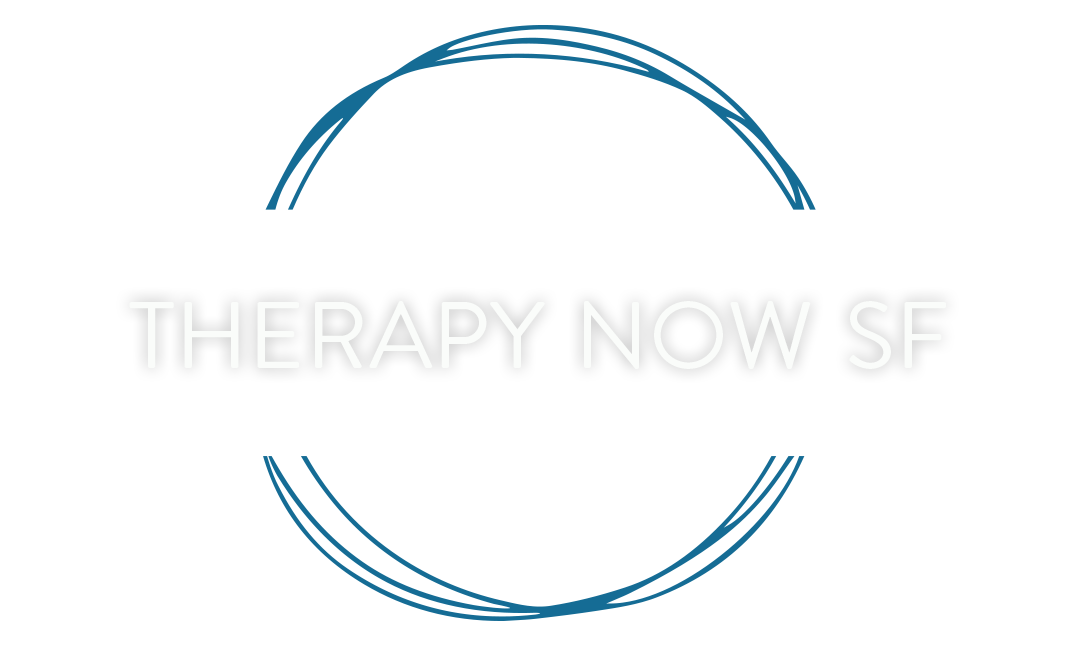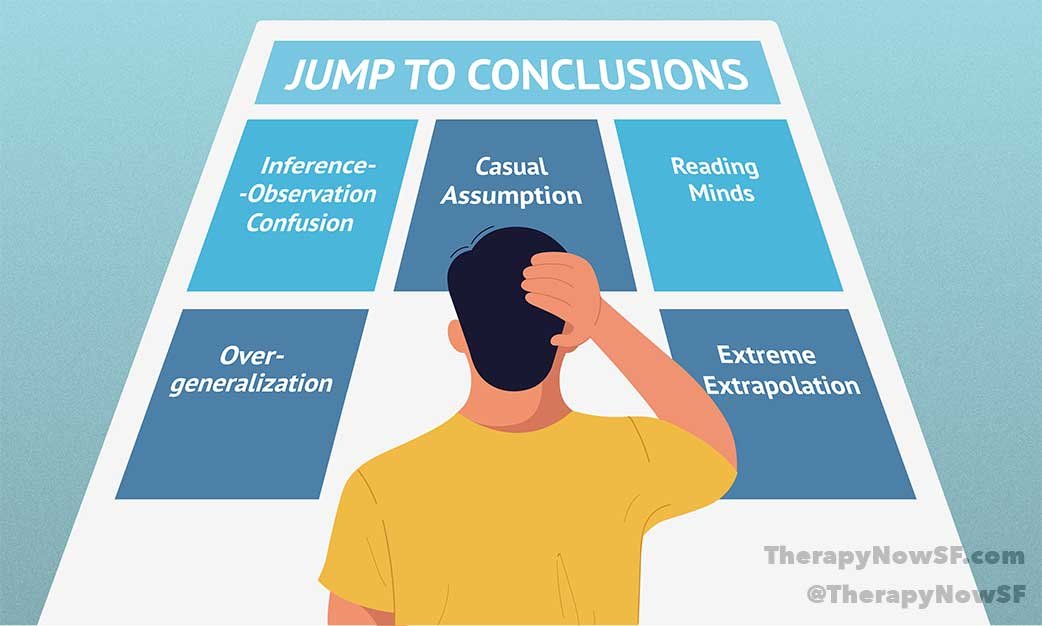Although it would be an interesting power to have, people are not capable of reading the minds of others. When discussing mind reading in the field of psychology and psychiatry, we’re talking about the attempt to figure out what is happening in someone else’s mind without asking them what they are thinking.
Although it is possible to read certain cues that can help to understand someone’s mood in certain cases, it is not foolproof and it can often cause more problems than it helps. Often, it can act as a barrier when it comes to being empathetic and truly understanding. If you assume that you know what’s happening in another person’s mind, it can lead to miscommunication. It can also make you feel like you don’t need to ask them, which can cause you to make mistakes in the way you judge and interact with people.
Mind Reading Mistakes
Mind reading mishaps often occur in relationships. These could be friendships, work partnerships, or romantic partnerships.
For example, let’s say that a friend doesn’t invite you to go out to a restaurant because they assumed that you wouldn’t want to go for one reason or another. Maybe someone at work is upset with you because they assumed you were thinking something negative about them. Perhaps your spouse makes an important decision without asking you because they thought they knew what you would want.
Sometimes, you might believe that someone is thinking something negative about you or your relationship. This can cause you to worry and become anxious for no reason. This happens more often in relationships than many people realize.
Chances are good that you are guilty of mind reading since we all are to some extent. It’s natural to look for cues and to interpret what they mean. However, our interpretations are not always accurate, and that’s what leads to problems. Therefore, you will want to know how you can stop from always mind reading in your relationships.
Stop Mind Reading
One of the first and most important things to do is to make sure that you understand that you have certain biases and a limited view of the world. You don’t know everything, and you can’t know everything that someone is thinking. Understanding this helps you realize that you need to communicate. Becoming more self-aware will help you to learn how to empathize with others. It can also help you to stop from projecting your views onto others and mistakenly believing it is what they are thinking.
Better communication is essential. Ask more questions to help figure out what other people are thinking and feeling. Be more receptive when they are talking with you and repeat things and ask for clarification if needed. This will help you to ensure that you and the other person are truly on the same page.
Be aware of the mind reading fallacies and learn to communicate better. It will help you in all of your relationships.






